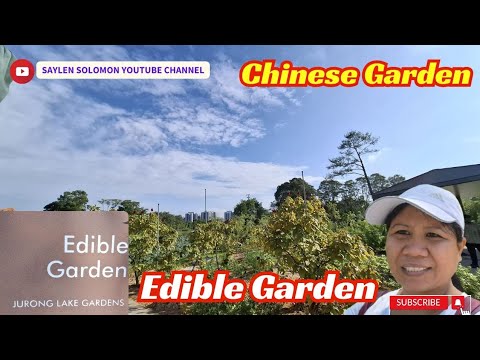Edible Gardens in Chinese Gardens: A Harmonious Blend
Edible gardens are a common feature in many Chinese gardens, seamlessly integrated into the overall design to create a harmonious and functional space. These gardens not only provide fresh, nutritious food but also contribute to the aesthetic and cultural significance of the garden.
Key Characteristics of Edible Gardens in Chinese Gardens:
* Integration with Landscape: Edible plants are often incorporated into the broader landscape design, blending seamlessly with ornamental flowers, trees, and rock formations.
* Symbolism: Certain plants may hold specific symbolic meanings in Chinese culture, adding a deeper layer of significance to the garden. For example, bamboo symbolizes longevity and resilience, while chrysanthemums represent autumn and nobility.
* Practicality: While aesthetics are important, edible gardens also serve a practical purpose. They provide a sustainable source of food for the garden’s occupants and visitors.
* Harmony with Nature: Chinese gardens strive to create a harmonious balance between humans and nature. Edible gardens align with this philosophy by promoting a sustainable and self-sufficient way of living.
Common Edible Plants Found in Chinese Gardens:
* Vegetables: Radishes, bok choy, broccoli, cabbage, and cucumbers.
* Fruits: Citrus fruits (oranges, tangerines, pomelos), persimmons, and grapes.
* Herbs: Ginger, garlic, scallions, cilantro, and basil.
* Edible Flowers: Chrysanthemums, jasmine, and rose petals.
Examples of Edible Garden Features:
* Vegetable patches: Enclosed areas within the garden where vegetables are cultivated.
* Fruit trees: Ornamental trees that produce edible fruits, such as peach, plum, and pear trees.
* Herb gardens: Small, dedicated areas for growing aromatic herbs.
* Potted plants: Edible plants grown in containers, which can be easily moved around the garden.
Cultural Significance:
Edible gardens in Chinese gardens reflect the deep-rooted connection between humans and nature in Chinese culture. They embody the Confucian ideals of harmony, moderation, and sustainability. By cultivating food within their gardens, people can connect with the natural world and appreciate the cycle of life.
In conclusion, edible gardens in Chinese gardens are not only functional spaces for growing food but also important elements of the overall garden design. They contribute to the aesthetic beauty, cultural significance, and sustainability of these gardens.
#ediblegarden #edibleplants #chinesegarden #herbs #spices #nature #juronglakegardens #kitchengarden #vegetable #landscapes

